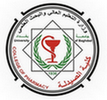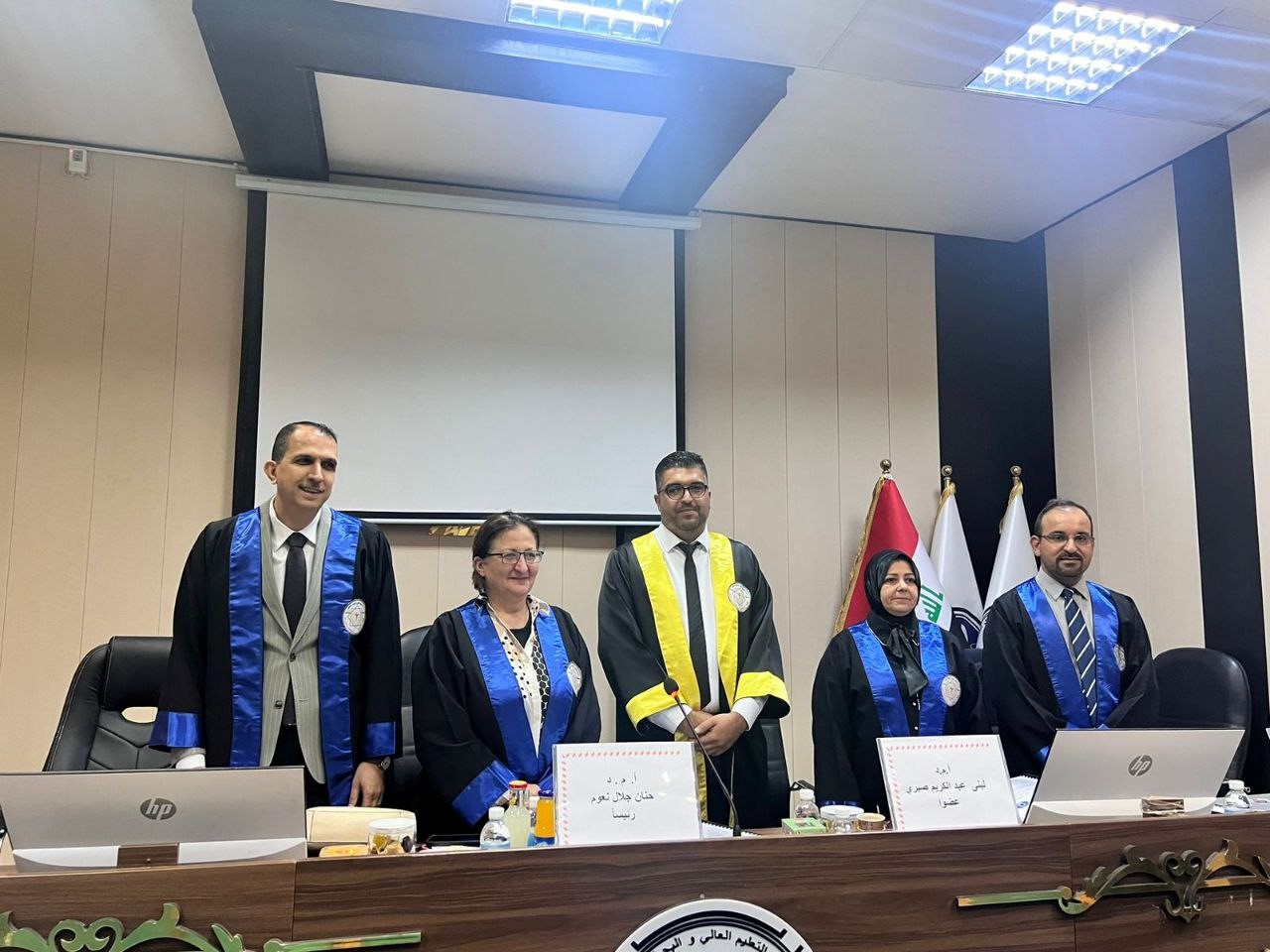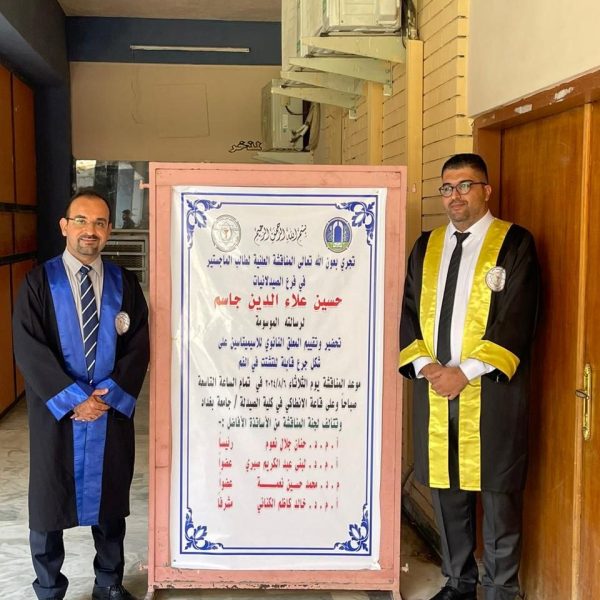The College of Pharmacy discussed the master thesis entitled “Preparation and Characterization of Acemetacin Nanosuspension-Based Oral Dispersible Dosage Form” by the student Hussein Aladdin Jassim and his supervisor, Dr. Khalid Al-Kinani, at the Pharmaceutics Department. Acemetacin is a non-steroidal anti-inflammatory drug. It has analgesic, antipyretic, and anti-inflammatory properties. It was used to treat osteoarthritis, toothache, back pain, and postoperative pain. This study aimed to convert acemetacin into nanosuspension using the solvent-anti-solvent method to improve its dissolution rate by adding Soluplus or sodium deoxycholate as a stabilizer. Then incorporate the nanosuspension into oral lyophilisates using different excipients like mannitol, glycine, gelatin, and PVP K90 to improve tablet disintegration in the mouth, facilitate easier swallowing, potentially enhance patient compliance, and accelerate the onset of acemetacin’s therapeutic action. Design Expert® software was used to create the experiments for both nanosuspension and oral lyophilisate formulas, utilizing a computer-based approach. We used the Box-Behnken design to investigate the impact of various formulation variables on the particle size and polydispersity index (PDI) of the nanosuspension. Also to investigate the effect of different excipient concentrations on the disintegration time and friability values of the oral lyophilisates.The chosen nanosuspension formula that was prepared by adding Soluplus in a ratio 1:2 with a water volume of 20 ml and a stirring speed of 1000 rpm has a particle size and PDI values of 59.69 nm and 0.1847, respectively. Also, a 58.9% dissolution was achieved in 30 minutes compared to more than 85% of the formula was released in only 8 minutes.pure acemetacin, lyophilisateve 21.9% in this time frame. The selected oral lyophilisates formula has a disintegration time and friability values of 26.6 seconds and 0.938%, respectively. And more than 85% of the formula was released in only 8 minutes. The thermal analysis by DSC and XRPD confirmed the conversion of the acemetacin drug in its optimum formula from crystalline to amorphous. Also, the FTIR stated that there was no interaction between the drug and the excipients used. The study concluded that formulating acemetacin as a nanosuspension before incorporation into oral lyophilisates successfully improved its dissolution rate, which could accelerate acemetacin’s onset of action. The study recommended conducting stability and bioavailability studies to further affirm the eligibility of the prepared formulation as a pharmaceutical dosage form.




